Peopling the Past brings you an ongoing blog series, “Unknown Peoples”, featuring researchers who investigate understudied and/or marginalized peoples in the past.
Hi, I’m archaeologist Mara Horowitz and I’ve spent ten years studying the spread of the Mitanni Empire at the site of Tell Atchana, ancient Alalakh. The Kingdom of Mitanni was centered on the Jezireh region in northern Syria, a triangle formed by the Upper Khabur river. At its peak, Mitanni’s empire included most of Syria, northern Iraq, and southeastern Turkey. Also known as Naharin by Egypt and Hanigalbat by the Assyrians, Mitanni was a major power player between ca. 1500-1300 BCE. The capital, Washukanni, was mentioned in many texts found in Egypt, west Syria, and Hittite Anatolia. For years archaeologists did not know the location of Washukanni. Today, evidence suggests that the mostly unexcavated site of Tell el Fakhariya on the Khabur River is Washukanni (http://www.fecheriye.de/en/introduction/). Mitanni layers are also found at Tell Brak, Tell Beydar, and Tell Mozan but are not extensively excavated. Much work remains to be done on the Mitanni, truly a forgotten kingdom.
Who Were the Mitanni?
The Mitanni Kingdom was multi-ethnic and contained both East (Assyrian) and West (Amorite) Semitic populations. The dominant ethnic group in the Mitanni Kingdom were Hurrians, native to the high plateaus and mountains to the north of Mesopotamia. Beginning already in the Early Bronze Age, Hurrians were migrating down to the north Mesopotamian plains and settling in the area around Urkesh. The Hurrian language and the closely related Urartian language from the Armenian highlands are an isolate family, not related to any other known languages, and seem to have died out after the Iron Age.
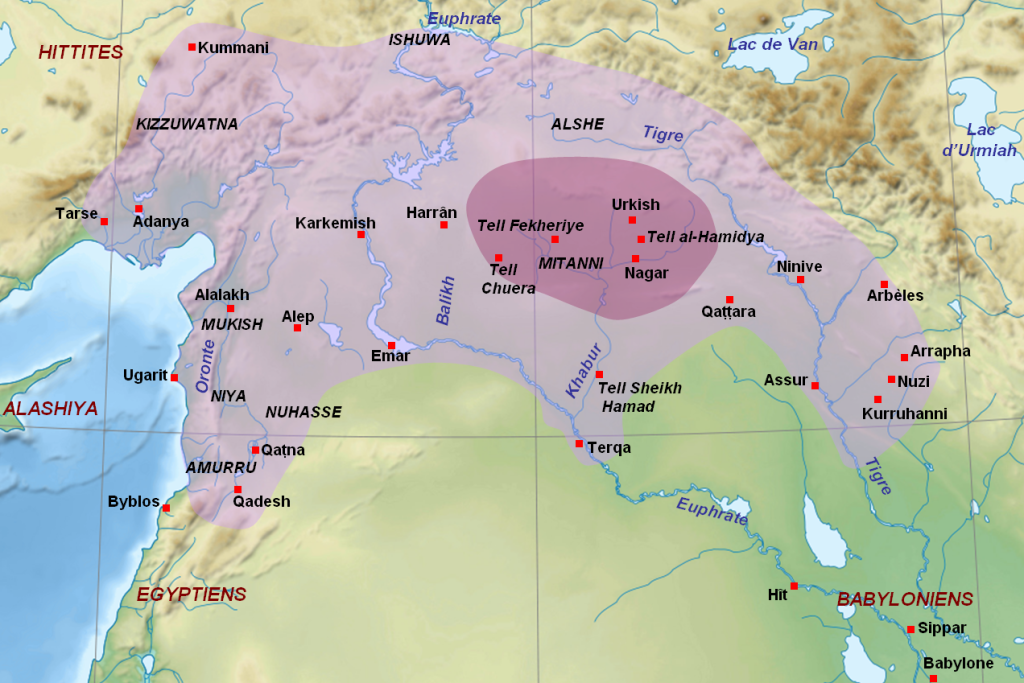
By Near_East_topographic_map-blank.svg: Sémhurderivative work: Zunkir (talk) – Near_East_topographic_map-blank.svg, CC BY-SA 3.0, https://commons.wikimedia.org/w/index.php?curid=11552530
Within the Hurrian language there are some borrowings that indicate their early contact with neighbors who spoke a language ancestral to the Indic branch of the Indo-European family. Loan words are primarily found in the areas of social rank, horses, gods, and royal names. While some have suggested that Indic warrior-kings installed themselves as rulers of the Hurrian people in the Middle Bronze Age (ca. 2000-1600 BCE) and subsequently founded the Kingdom of Mitanni, there is as yet no direct proof of this. The horses, loan words, and Indic gods could have come about through intensive cultural contact especially at an elite level, and the names through intermarriage and bilingualism. There are no Mitanni texts written solely in proto-Indic (proto-Sanskrit), but it is possible that some small subset of the Mitanni population did speak this language at least for a time.
A text found in the Hittite archives at the capital city of Hattusha was authored by Kikkuli, “master horse trainer of the land of Mitanni,” and contains instructions for getting chariot horses into good condition. The Mitanni were known as expert horse trainers. Horses were introduced to the Near East at the end of the Middle Bronze Age and chariot warfare became the norm during the Late Bronze Age. While the text is a Hittite translation from a Hurrian original, the word “assussanni” is used for “horse master” This is nearly identical to Sanskrit “asva-sana” meaning “horse-master”.
Excavating the Mitanni
One of the first Mitanni sites to be excavated was ancient Nuzi, east of the Tigris River. As a result, the decorative pottery discovered there was named Nuzi Ware. Nuzi Ware is the pottery of the Mitanni elite and can be used by archaeologists to track the expansion on the Mitanni Kingdom. From Nuzi in the east to Alalakh in the west, Nuzi Ware is found over an area of about 700 km. Nuzi Ware developed from the Middle Bronze “Khabur Ware” of the Jezireh region. It is wheel-made of pale cream-colored clay and decorated with broad black painted bands. On those bands are painted lively designs in white. Mostly the motifs are geometric or the classic Mesopotamian daisy, but in the west at Alalakh, birds and plants are integrated into the design. The site of Nuzi contained an elaborate palace for a Mitanni governor who oversaw the local Assyrian territory.
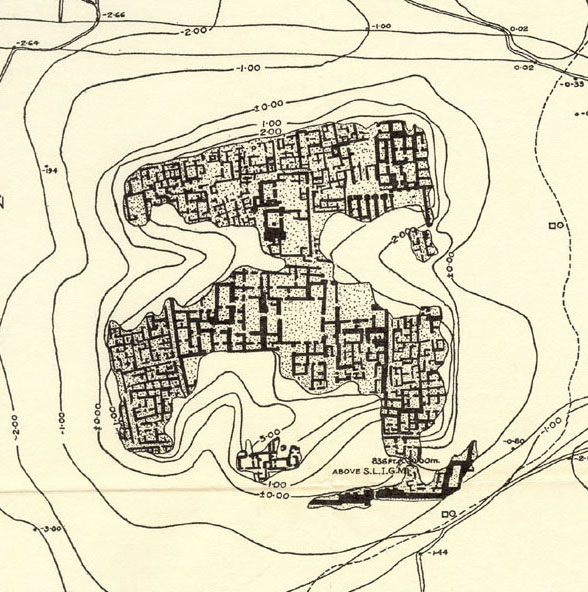
Starr, Richard F. S.
1937: Nuzi: report on the excavations at Yorgan Tepa near Kirkuk, Iraq, conducted by Harvard University in conjunction with the American Schools of Oriental Research and the University Museum of Philadelphia, 1927-1931. v.2: plates and plans
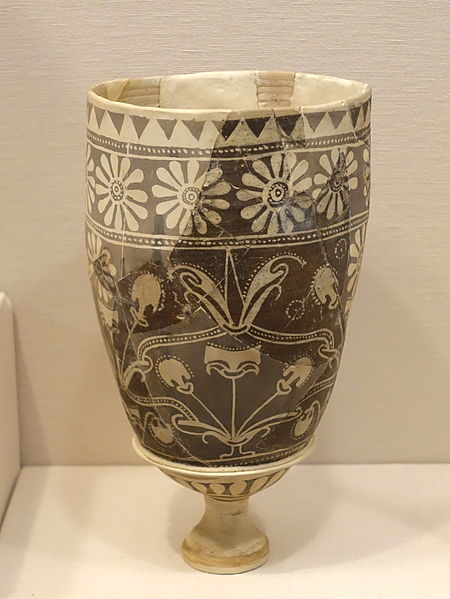
https://commons.wikimedia.org/wiki/File:Atchana-Nuzi_ware_painted_vase,_Chatal_Hoyuk,_Amuq_M,_1600-1200_BC,_ceramic_-_Oriental_Institute_Museum,_University_of_Chicago_-_DSC07677.JPG
The Mitanni period is also excavated at the vassal city of Alalakh on the Orontes where the extraordinary “Biography of Idrimi” details the relationship between the Amorite royal family of Aleppo and their Mitanni overlords. Census tablets from Alalakh’s Period 4 reveal that Hurrian-named Mitanni social classes had been implemented locally in the Amorite population, dividing the population into royals, nobles, elite craftspeople, free peasants, the poor (serfs?), and enslaved peoples.
Hurrian names also appear in Alalakh texts already by the end of the Middle Bronze Age. My results from the pottery study support the idea that the spread of the Hurrian ethnic group into Amorite kingdoms like Yamkhad and Alalakh preceded the expansion of Mitanni political control by at least a century. Beginning at the start of the Late Bronze Age (ca. 1600 BCE), there is an influx of Khabur-region pottery forms into the local Alalakh ceramic corpus. These are ordinary forms such as cylindrical cups and v-shaped plates that would have been used in everyday dining. Their manufacture at Alalakh strongly suggests population flow and intensive cultural interaction from the Khabur region at that time.
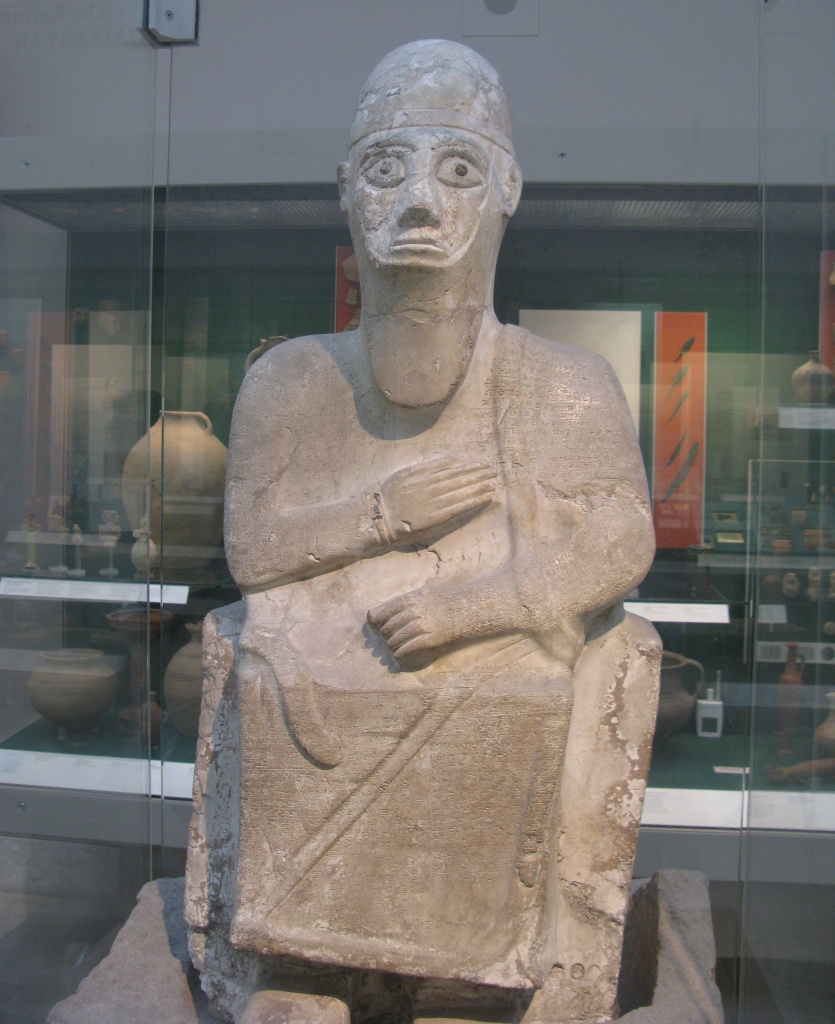
By geni – Photo by user:geni, CC BY-SA 4.0, https://commons.wikimedia.org/w/index.php?curid=6201428
Egyptian and Hittite texts such as letters and treaties document the Late Bronze Age international political history of Mitanni. We have very little written information from within the Mitanni Kingdom itself. The Mitanni remember their first king as Kirta, but no contemporary references to Kirta have yet been found. The Mitanni relationship with Egypt started out with hostilities. A campaign by the Pharaoh Tuthmosis I reached Syria and the territory of the Mitanni Kingdom early in the 18th Dynasty. The Mitanni King Barattarna is most likely the ruler who confronted an invasion by Tuthmosis III. The next king, Shaushtatar, conquered Assyria and made it a vassal state. Conflict in Syria between Egypt and Mitanni continued for several generations until a peace treaty was concluded between Amenhotep III and King Shuttarna II, putting the border between these growing empires near Qatna and Kadesh, the modern border between Syria and Lebanon. Daughters of several subsequent kings of Mitanni were sent to Egypt as brides for the Pharaohs.
The Rise and Fall of the Mitanni Kingdom
The Mitanni Kingdom reached its greatest size in the 15th century, incorporating all of western Syria and parts of southeastern Anatolia. The southeast border of Mitanni was negotiated with the Kassite dynasty at Babylon and the southwest border with Egypt. This stable triumvirate of empires might have endured longer had it not been for the pressure of the growing Hittite Kingdom to the north and the aspirations of the Assyrians to the east. The Assyrians were under Mitanni domination but clearly preferred not to be. When a dynastic war for the Mitanni throne broke out in the 1360’s BCE, one faction asked the Assyrians for support while the other faction went to the Hittites. This brought both Hittite and Assyrian armies into the Mitanni heartland, weakening it significantly
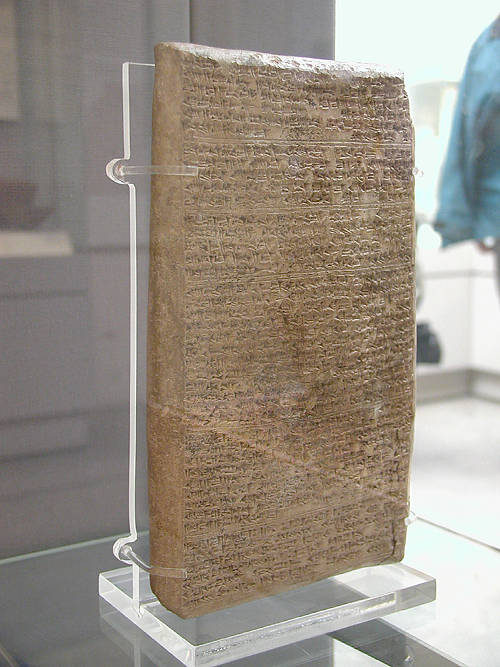
https://commons.wikimedia.org/wiki/File:Cuneiform_letter_to_Amenhotep_III.jpg
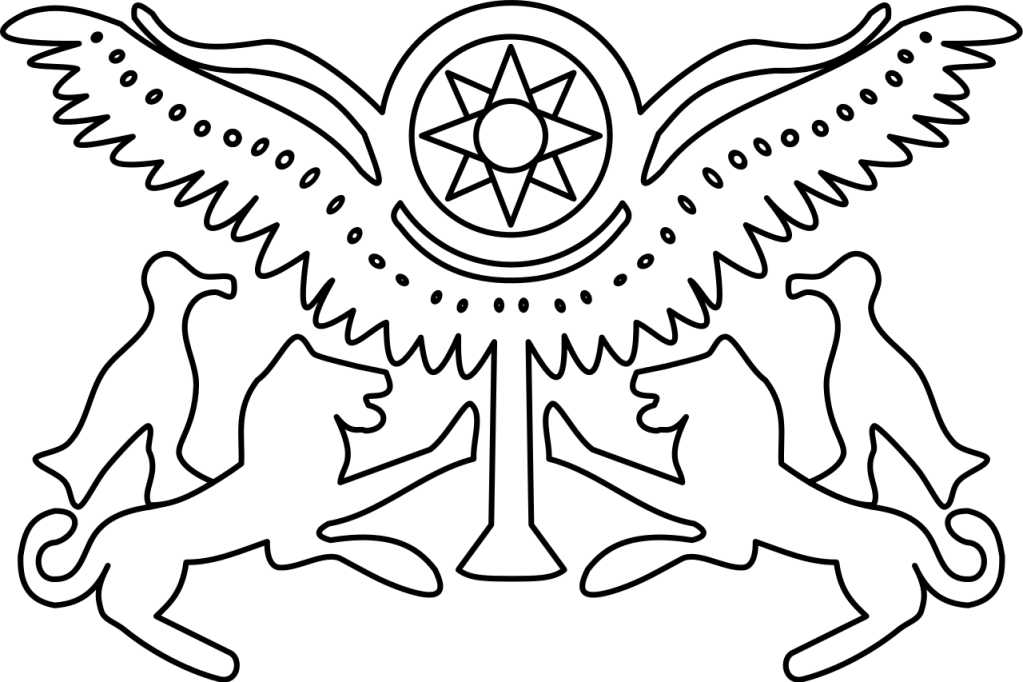
Wikimedia Commons By Snubcube at English Wikipedia, public domain because copies of two dimensional works can’t be copyrighted – Originally from en.wikipedia; description page is/was here[1]., Public Domain, https://commons.wikimedia.org/w/index.php?curid=17230231
The Hittite Great King Suppiluliuma concluded a treaty with King Shattiwaza ca. 1350 BCE that ceded all Mitanni lands west of the Euphrates to the Hittites. This included Alalakh, Aleppo, Niya, Nuhasse, and others. The loss was costly for Mitanni. The Assyrians then began a series of rebellions that led to the complete takeover of Mitanni under Assyrian King Adad-Nirari I by 1295 BCE. After that, Mitanni existed only as a state within the growing Assyrian Empire. Archaeological evidence at sites in the Mitanni heartland show destruction layers and reconstruction in the Assyrian style.
Mitanni in the News
Recently discovered site at Kemune on the Tigris contains a Mitanni palace and could yield valuable information about Mitanni culture and administration.
References
Novák, Mirko, (2007). “Mittani Empire and the Question of Absolute Chronology: Some Archaeological Considerations.” In: Manfred Bietak/Ernst Czerny (eds.): “The Synchronisation of Civilisations in the Eastern Mediterranean in the Second Millennium BC III”; pp. 389–401, Österreichische Akademie der Wissenschaften Denkschrift Band XXXVII; Wien.
Von Dassow, Eva, (2008) State and Society in the Late Bronze Age—Alalah under the Mittani Empire. Studies on the Civilization and Culture of Nuzi and the Hurrians 17. Eisenbrauns.
Novák, Mirko, (2013). “Upper Mesopotamia in the Mittani Period”, in Archéologie et Histoire de la Syrie I, Harrassowitz Verlag, Wiesbaden.
De Martino, Stefano, (2014). “The Mittani State: The Formation of the Kingdom of Mittani”, in Constituent, Confederate, and Conquered Space in Upper Mesopotamia: The Emergence of the Mittani State, De Gruyter, Berlin, Boston.
De Martino, Stefano, (2018). “Political and Cultural Relations between the Kingdom of Mittani and its Subordinated Polities in Syria and Southeast Anatolia”, in Changing Faces of Kingship in Syria-Palestine 1500-500 BCE, Alter Orient und Testament 459, Ugarit Verlag.
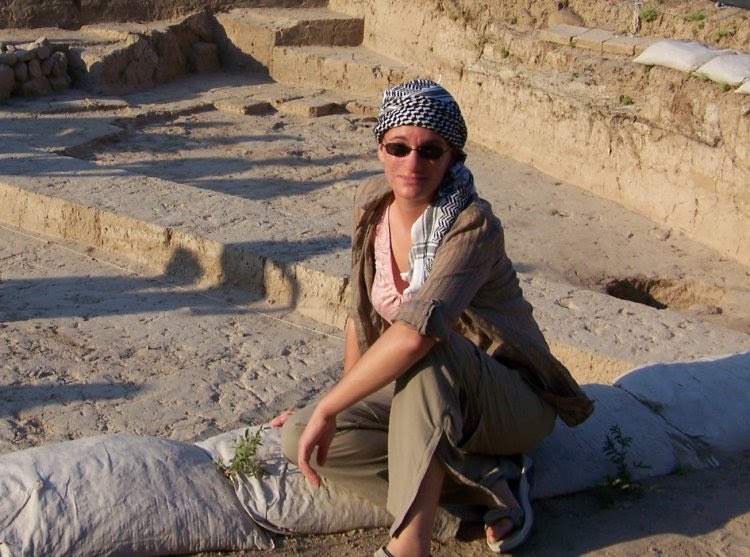
Dr. Horowitz is a Lecturer in History at Purchase College and an anthropological archaeologist teaching worldwide ancient history and archaeology. With a professional focus on the Mediterranean Bronze Age (Cyprus, Anatolia, Syria), she is also committed to public outreach, museum studies, and interdisciplinary studies with materials sciences, philology, art history, zooarchaeology, and geology. In addition to twenty years of fieldwork in the Mediterranean, she is now founder and director of the Albion Experimental Archaeology Studio in Danbury, CT.
I just finished reading Brotherhood of Kings by Amanda Podany and it was awesome to get such a succinct overview to help me fix the pieces together in my mind. Also: what a great map, thank you!
LikeLike
Mitanni Sanskrit inscription
Indo Aryan words in horse training manuals
Kikkulis Horse Manual
LikeLike